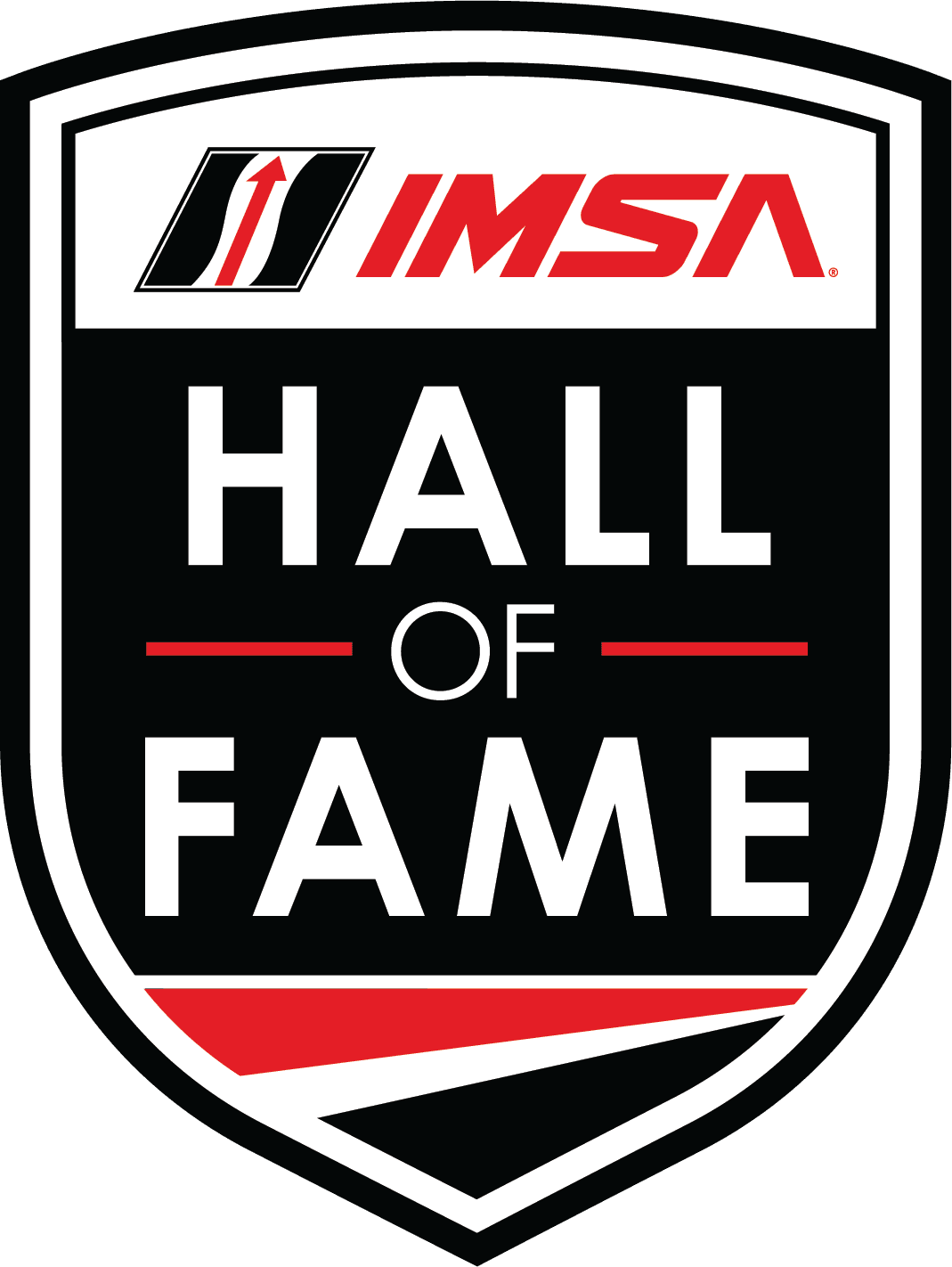Bill
France Sr.
BORN:
1909
HOMETOWN:
Washington, DC
INDUCTED:
2023
POSITION:
Co-Founder
CAREER:
1936-1972
Bill France Sr.
By H.A. Branham
Bill France Sr.’s involvement in the creation of the International Motor Sports Association has historically been overshadowed by his founding of NASCAR. Fair enough but make no mistake: IMSA is a big part of Big Bill’s legacy.
France founded NASCAR in 1947 and over time, his 6-foot-5 presence became synonymous with the Southeast and stock cars. The building of Daytona International Speedway in 1959 strengthened that link but it also facilitated the expansion of France’s vision for his mammoth racetrack and the North American motorsports landscape overall.
Hindsight shows that the word international in the track’s name was never supposed to be window dressing.
Quite the opposite.
It was aways part of the vision – his vision. France sought worldwide acclaim for the speedway, a de facto renewal of the area’s international racing heritage dating to the early 1900s and the land speed record competitions on the beach. The land speed record runs had been a big part of the allure of Daytona Beach, when Bill France moved there in 1934 from Washington, D.C.
France saw sports cars as another avenue to acclaim.
Long before the first flag had waved at the speedway, France was laying groundwork down on the avenue. He helped form the Automobile Competition Committee of the United States (ACCUS) in 1957; ACCUS became the United States’ member organization in the world’s preeminent auto racing governing body, the Paris-based Federation International de l’Automobile—FIA. ACCUS was an immediate boon to NASCAR but clearly its establishment was rooted in France’s forward thinking that always raced beyond stock cars. (IMSA joined ACCUS in 1973.)
A road course was in place within the 2.5-mile high-banked tri-oval when the speedway opened in 1959 and for several years, the track hosted amateur-level sports car races.
Teasers, they were, but immediately the romance between sports cars and Daytona International Speedway was magic. In 1962, the SCCA-sanctioned Daytona Continental, a three-hour race, started a tradition that exists to this day; the Continental morphed into a 24-hour event, now known as the Rolex 24 At Daytona, the spectacular opening race of the IMSA season.
The ’62 field was an all-star gathering. Phil Hill, A.J. Foyt, Jim Clark, Dan Gurney all competed in an absolute precursor to the type of field the Rolex 24 At Daytona attracts these days.
“Big Bill made a big deal of the ’62 race,” says road racing legend David Hobbs. “He was keen on the international aspect of racing. He wanted to open up his race to the world and show everyone it was not just a bunch of good ol’ boys racing [at Daytona].”
Gurney, an open wheel and sports car legend in the making, won that day. Thirty years later, he would be the dominant team owner in IMSA.
“Dad wanted to establish Daytona globally,” IMSA Chairman Jim France adds. “He had the road course designed when he built the speedway and when he could afford it, he got that part of the facility operating. He wanted to position the speedway as something that could compete as an international racing destination.
“That first 1962 race did just that. And we lost money on that first race. But my dad said for what we lost, he couldn’t buy nearly that amount of global advertising. It turned out to be a pretty smart move.”
Another one: Bill France Sr. getting the idea in 1969 to cold-call old associate John Bishop – a former SCCA executive who helped France plan the Daytona Continental – with the idea to partner in a new, dynamic sports car sanctioning organization. He invited Bishop to come to Daytona Beach, to talk it over.
Basically, the pitch from France was right down the middle: I’ve got the money, if you’ve got the time.
France’s financial backing and business acumen … mixed with the sports car expertise of John Bishop and his wife Peggy. That would be the ticket. Together, the three of them co-founded IMSA in May 1969. France wrote checks. The Bishops plotted course, out of IMSA’s first offices in Fairfield, Connecticut.
France kept getting ideas. In 1970 he and his son Bill France Jr., drove Ford Cortinas in an IMSA race at Talladega Superspeedway. In 1976, he negotiated with the 24 Hours of Le Mans to add a special class for NASCAR stock cars.
That same year, the Bishops made the final repayment to France, for the steady funding through the years that both created and supported IMSA.
Photo Gallery










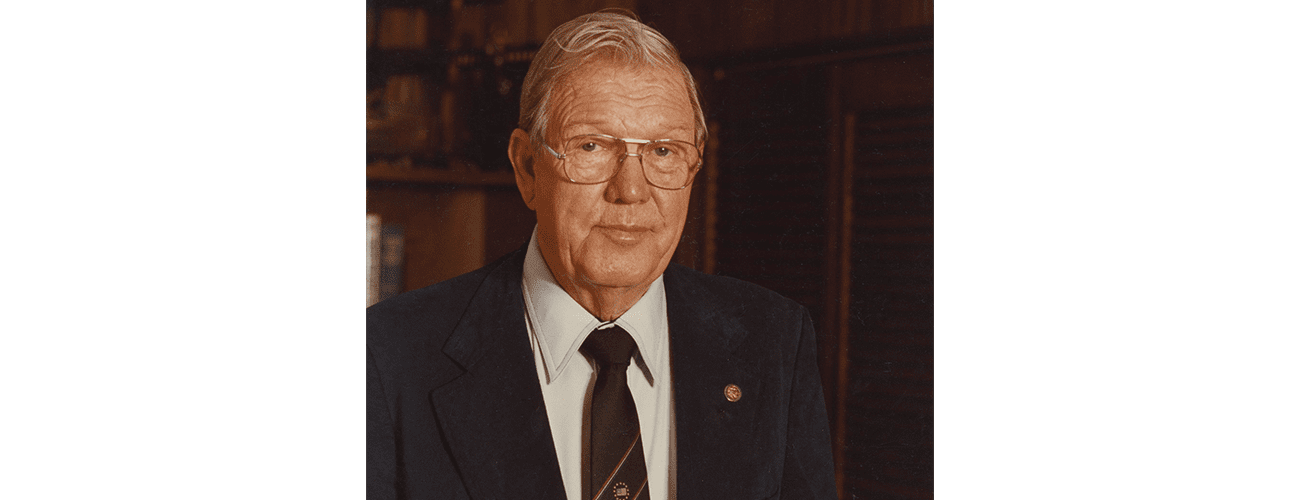



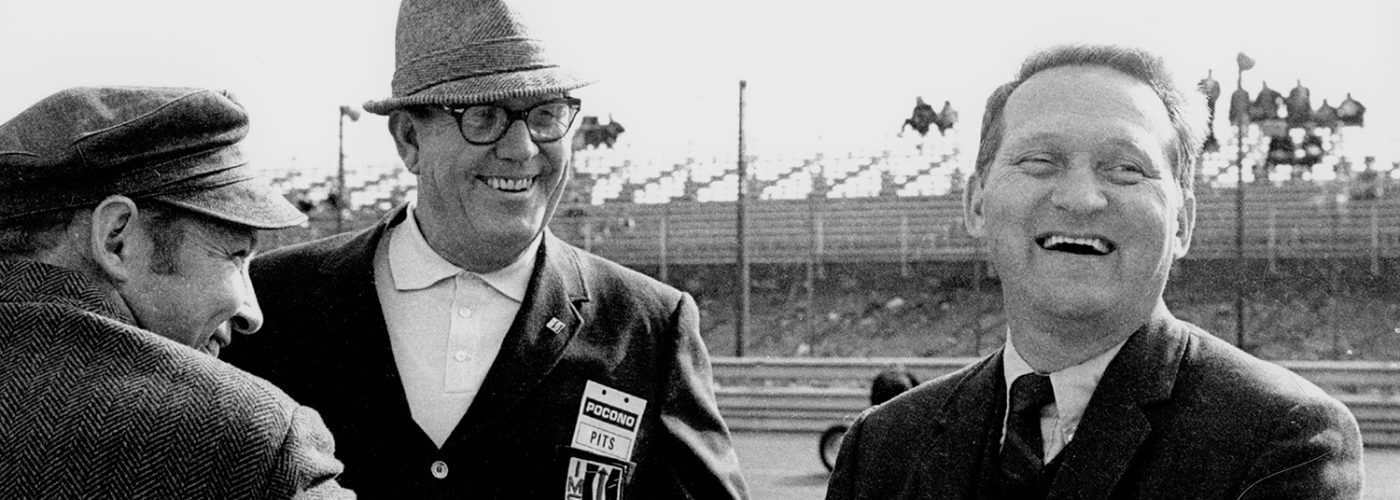

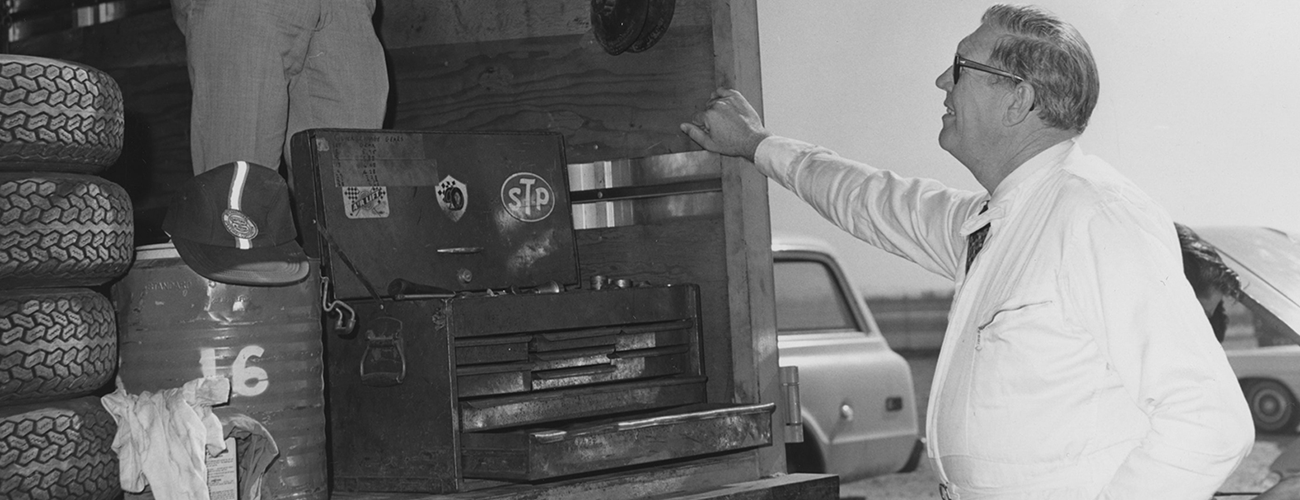




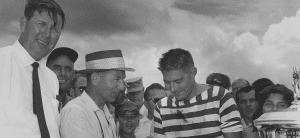










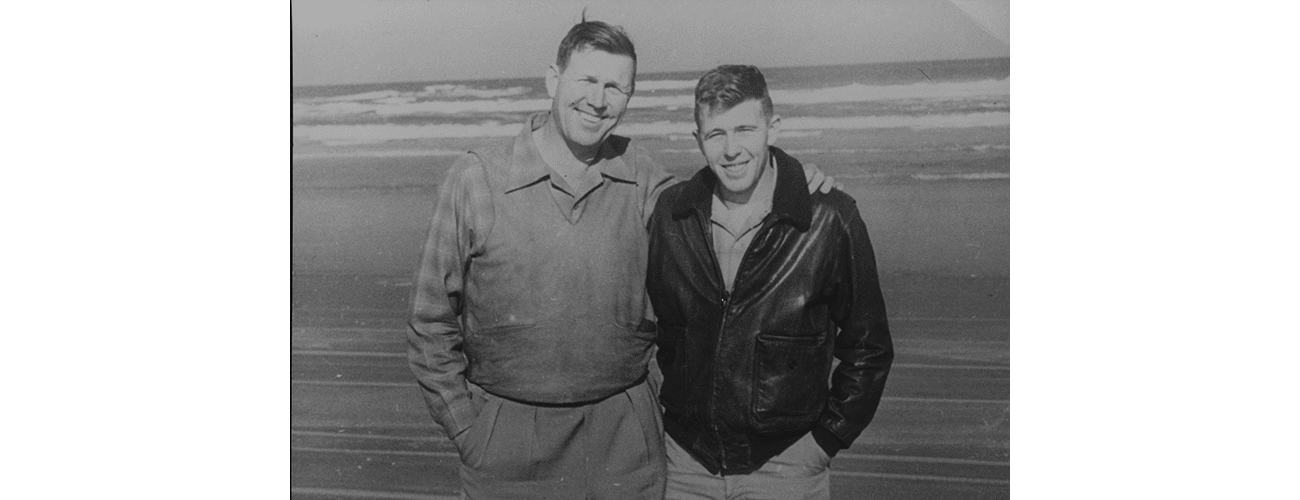


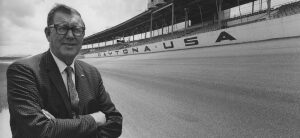
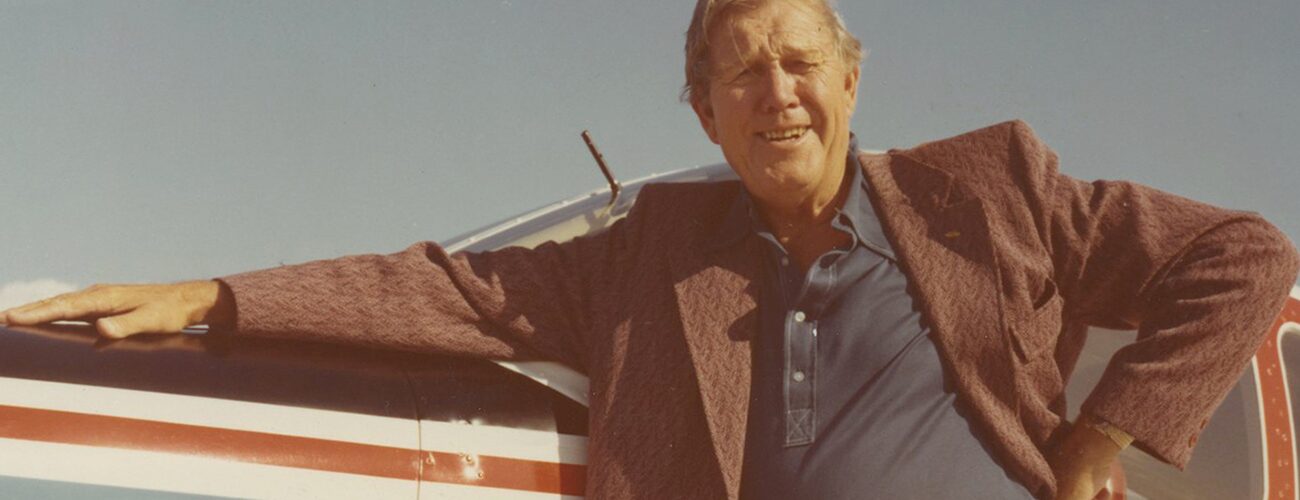








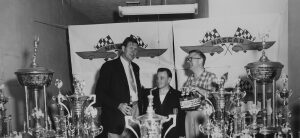
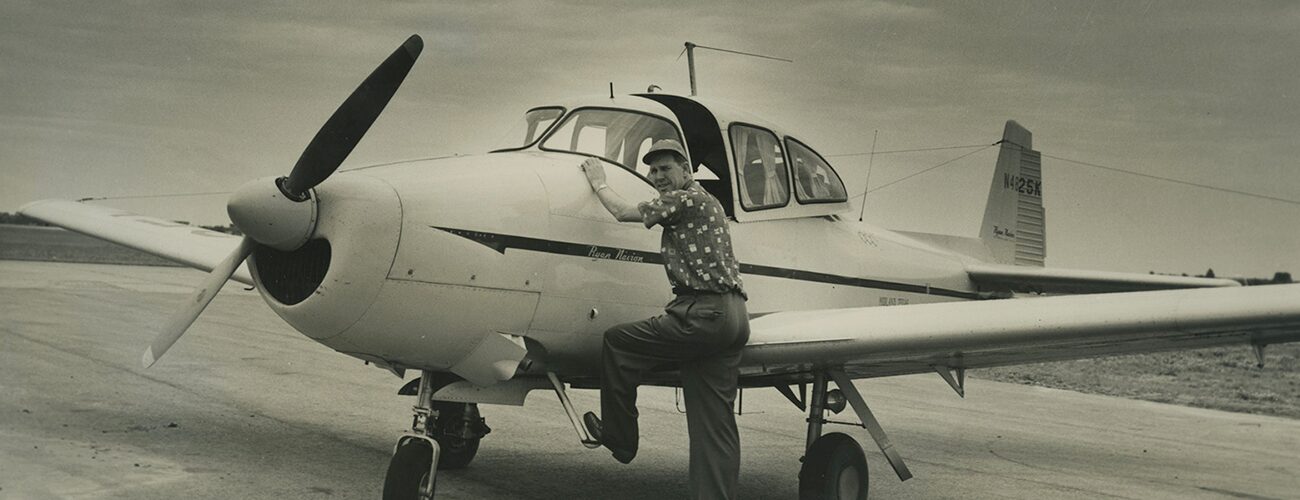









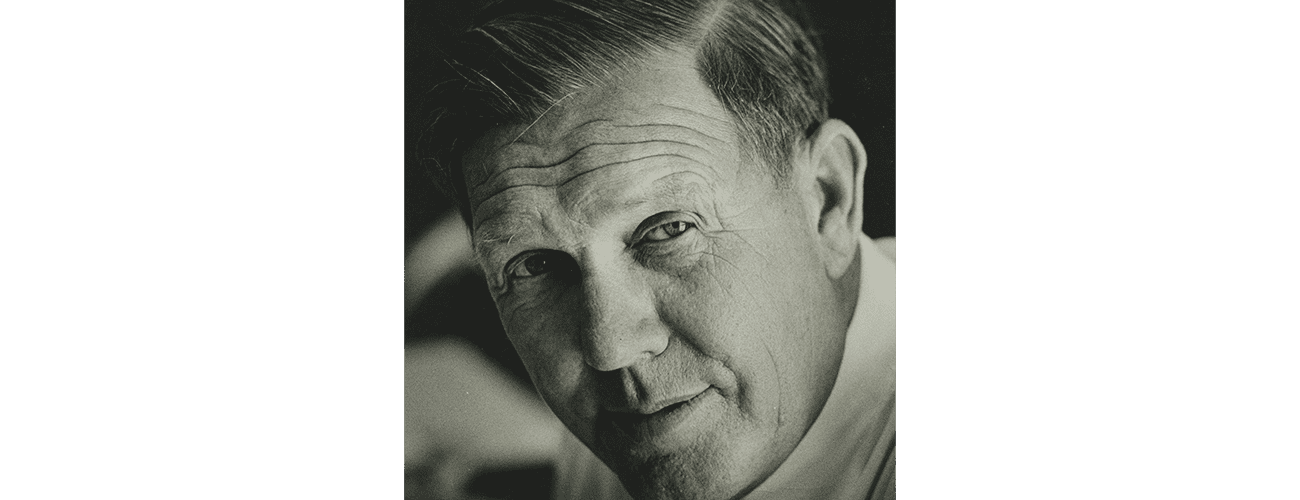









More Galleries
Bill France Sr.
